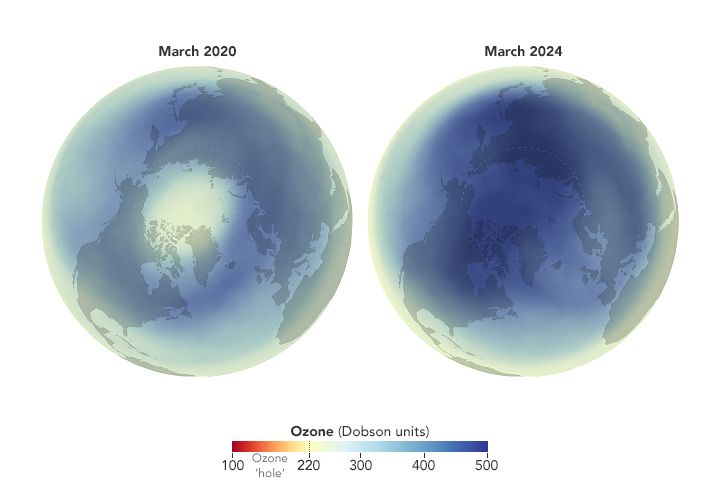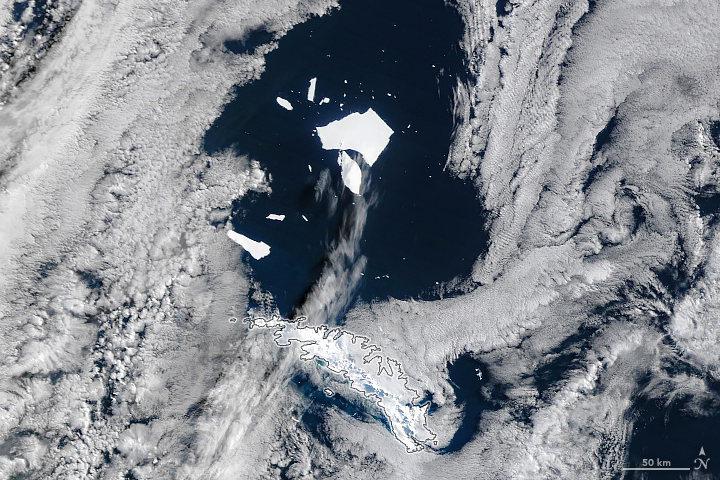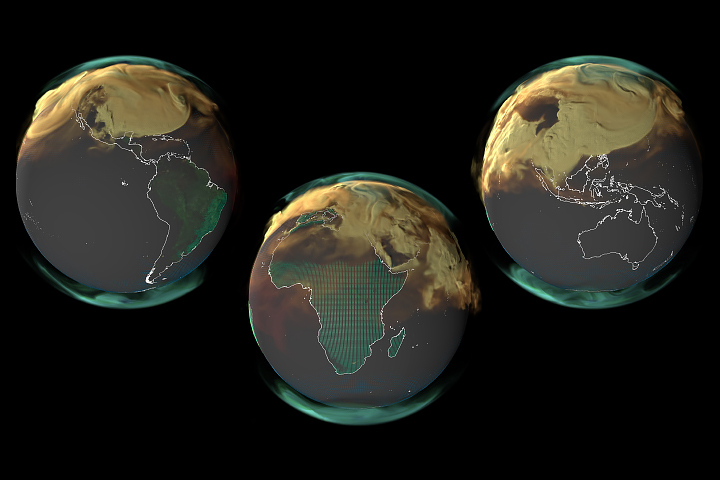- Home
- Missions
- Data
- Communications
- People
- The Earth Observer Newsletter




Recent Imagery
You will be directed to the NASA Visible Earth webpage when you select Images by Mission below, or click on the images at right that are randomly generated to represent four out of all possible topics.
You are here
Missions: Earth Observing System (EOS)
Results from early missions shed light on critical components of the Earth system while prompting further, more advanced investigations. The NASA Earth Observing System (EOS) program was conceived in the 1980s and began to take shape in the early 1990s. EOS is comprised of a series of coordinated polar-orbiting satellites designed to monitor and understand key components of the climate system and their interactions through long-term global observations. The EOS missions focus on the following climate science areas: radiation, clouds, water vapor, and precipitation; the oceans; greenhouse gases; land-surface hydrology and ecosystem processes; glaciers, sea ice, and ice sheets; ozone and stratospheric chemistry; and natural and anthropogenic aerosols.
| Mission | Mission Category | Status | |
|---|---|---|---|
 |
Active Cavity Radiometer Irradiance Monitor Satellite (ACRIMSAT) | Completed | |
 |
Aqua | Current, Extended Mission | |
 |
Aura | Current, Extended Mission | |
 |
Ice, Cloud, and land Elevation Satellite (ICESat) | Completed | |
 |
Jason-1 | Completed | |
 |
Landsat 7 | Completed | |
 |
Quick Scatterometer (QuikSCAT) | Completed | |
 |
Solar Radiation and Climate Experiment (SORCE) | Completed | |
 |
Stratospheric Aerosol and Gas Experiment-III Meteor-3M (SAGE-III) | Completed | |
 |
Terra | Current, Extended Mission |
